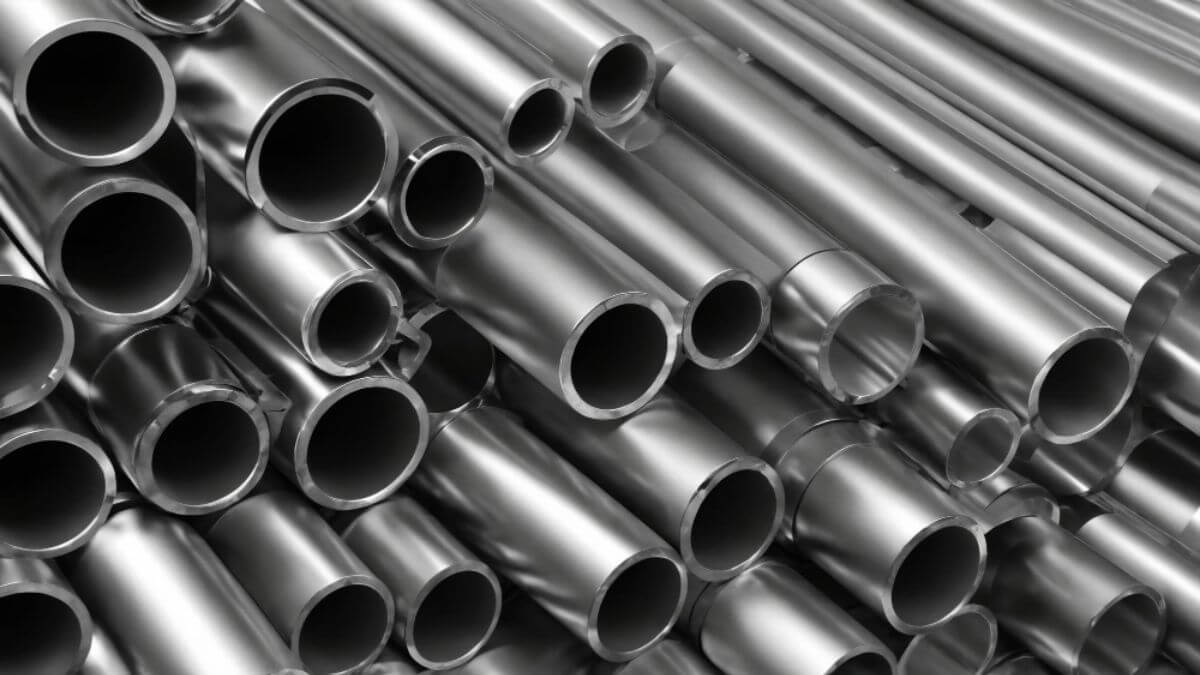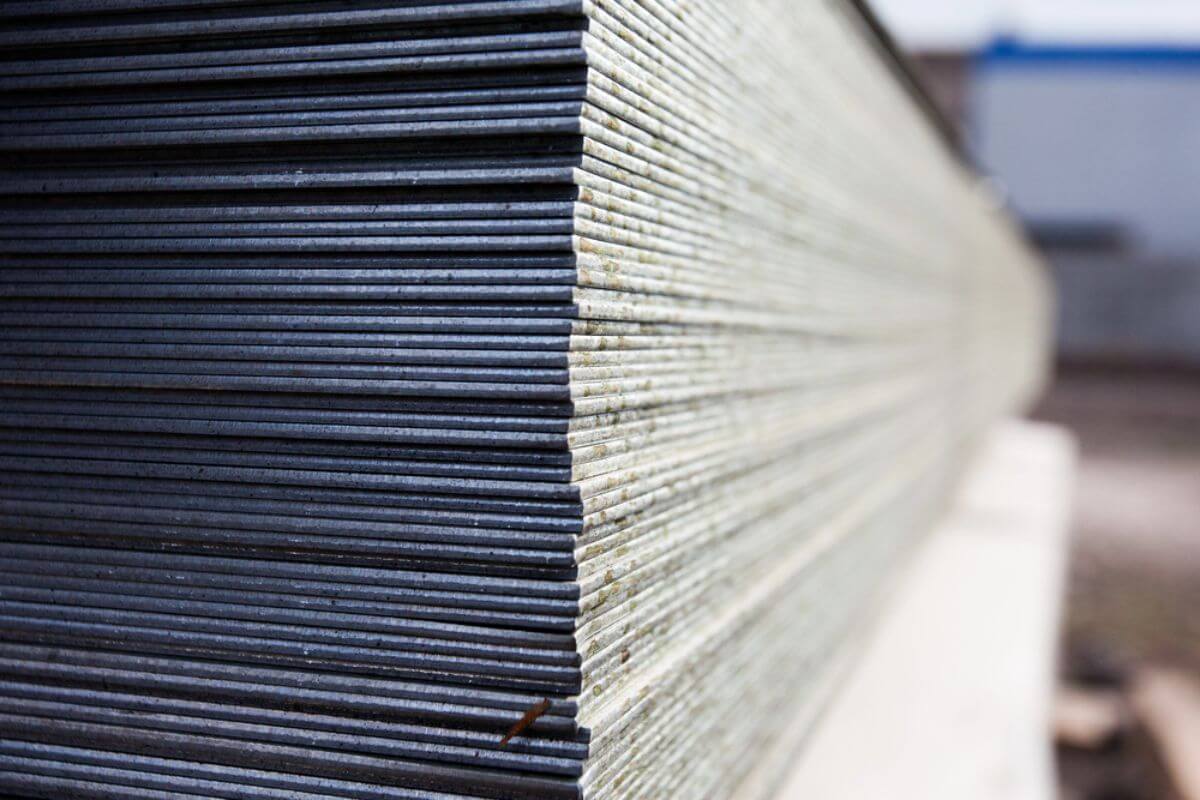What are the common mistakes when using steel tubes?
- Using the wrong type of steel tube
- Incorrect sizing or wall thickness
- Poor or improper welding techniques
- Ignoring corrosion protection
- Improper storage and handling
Overview
Improper use of steel tubes, such as choosing the wrong type, incorrect sizing, poor welding, lack of corrosion protection, or mishandling, can lead to structural failure and costly setbacks. Understanding these common mistakes is essential for project safety and durability. Choose quality materials and expert support to ensure lasting performance.
Steel tubes are essential components in many construction and industrial projects, providing strength and support where it matters most. However, even the best materials can fail if not used correctly.
Understanding the common mistakes when using steel tubes is crucial to ensure the safety, durability, and success of your project. That’s why, in this guide, we’ll walk you through the most frequent errors to watch out for, so you can make informed decisions and source steel tubes that stand the test of time.
Using the Wrong Type of Steel Tube

Steel tubes come in different grades and manufacturing processes, such as seamless and welded tubes, each designed for specific applications. Using the wrong type can significantly affect the tube’s strength and durability, potentially leading to structural failure.
For example, seamless steel tubes are manufactured without welds, making them ideal for high-pressure environments where strength and reliability are critical. Welded tubes, while generally more affordable, are better suited for applications where pressure demands are lower and cost efficiency is a priority.
Understanding the specific requirements of your project—including load capacity, environmental conditions, and intended use—will help guide you in selecting the right type of steel tube, ensuring your structure remains strong and reliable over time.
Incorrect Sizing or Wall Thickness
Using tubes that are too thin or undersized may cause bending or even catastrophic failure under stress, which compromises the entire structure. On the other hand, opting for tubes that are larger or thicker than necessary can increase costs and add unnecessary weight, reducing overall project efficiency. The key is to balance strength requirements with material economy.
That’s why, when deciding on tube dimensions, consider all the forces the structure will face—this includes not just static loads but also dynamic forces like wind or vibration. These factors impact the necessary size and thickness to ensure safe performance.
Poor or Improper Welding Techniques
Improper welding—such as incomplete penetration, poor seam alignment, or inadequate heat control—can introduce weak points prone to cracking or corrosion. Here are some early signs that welding may be compromised:
- Visible cracks or gaps along the weld seam, which weaken the joint and can worsen over time.
- Uneven or inconsistent weld beads indicate poor technique or a lack of proper equipment settings.
- Discoloration or burn marks around the weld area, often caused by excessive heat or poor temperature control.
- Porosity or small holes within the weld, which reduce the metal’s strength and allow moisture to penetrate.
To avoid these issues, ensure welders follow industry standards and use the correct welding method for the steel tube type. Regular inspection during and after welding also helps catch defects early, preventing costly repairs later on.
Ignoring Corrosion Protection
Corrosion happens when steel reacts with moisture, oxygen, and other environmental elements, causing rust that weakens the metal over time. This is a common mistake because many underestimate how quickly corrosion can develop, especially in humid or coastal environments.
Without proper protection, steel tubes can deteriorate faster than expected, compromising structural integrity and safety. This will not only reduce the lifespan of steel tubes but also lead to costly maintenance or replacement. That makes it even more important to protect your tubes before installation.
Here are some effective ways to avoid corrosion problems:
- Use protective coatings like galvanization or paint to shield steel tubes from moisture and chemicals.
- Apply corrosion inhibitors in environments prone to humidity or chemical exposure.
- Perform regular inspections to detect early signs of rust and address them promptly.
- Store steel tubes properly in dry, covered areas to minimize exposure to corrosive elements.
Improper Storage and Handling

Proper handling and storage are crucial when acquiring steel tubes. Even high-quality steel can suffer dents, scratches, or corrosion if mishandled, affecting both appearance and structural performance.
To prevent damage, store tubes in a clean, dry area, elevated on wooden blocks or racks to avoid ground contact. Stack them correctly to minimize pressure and prevent deformation.
Handling should always be done carefully, using the right equipment and techniques to prevent accidental impacts or drops. Workers must be trained on how to lift and move steel tubes safely to maintain their quality and extend their service life.
By paying close attention to storage and handling, you protect your investment and ensure the steel tubes perform as expected throughout your project.
Key Takeaway
Understanding the common mistakes when using steel tubes is essential for ensuring the safety, longevity, and performance of your projects. Whether it’s choosing the wrong type, miscalculating dimensions, welding improperly, neglecting corrosion protection, or mishandling storage, each error can lead to costly setbacks and structural issues.
With decades of industry experience, we’re here to support your success with reliable products and dependable service. Contact us today to find the best steel solutions for your next project.






